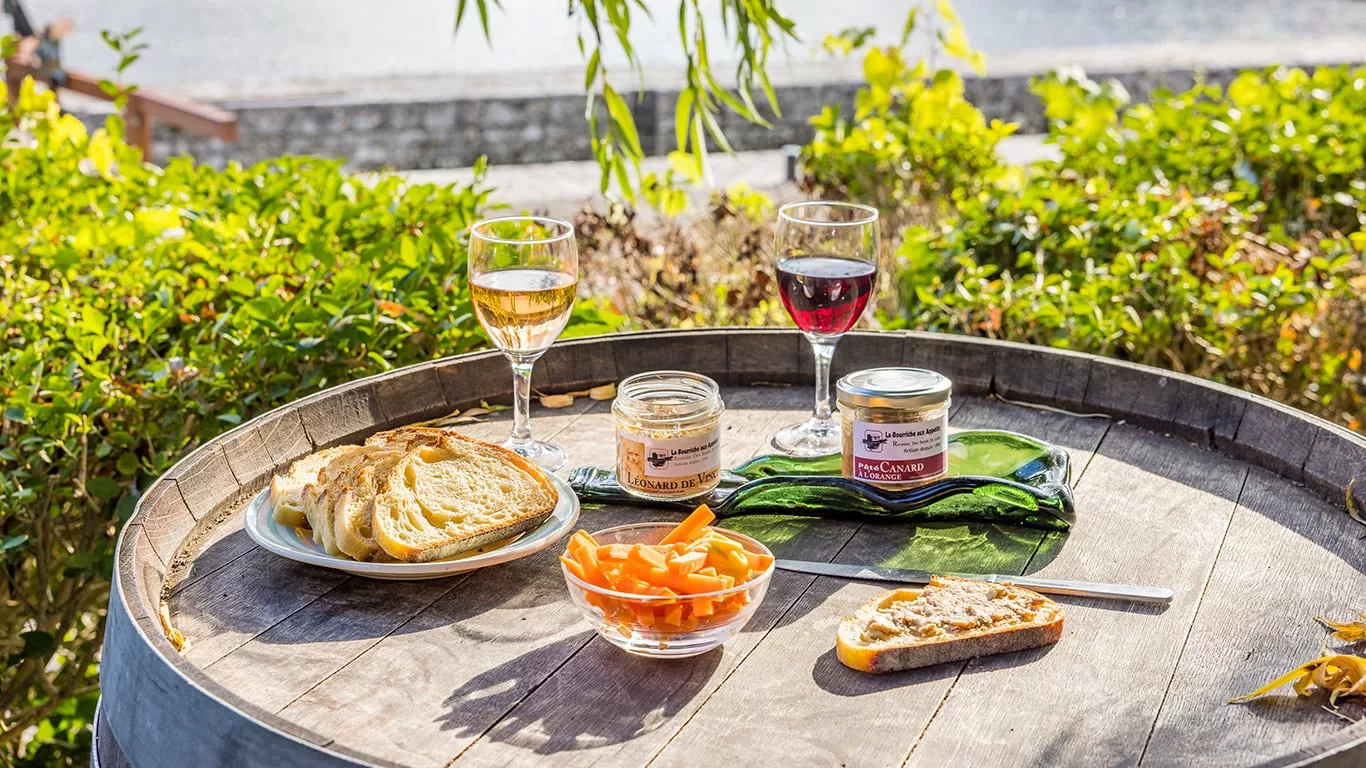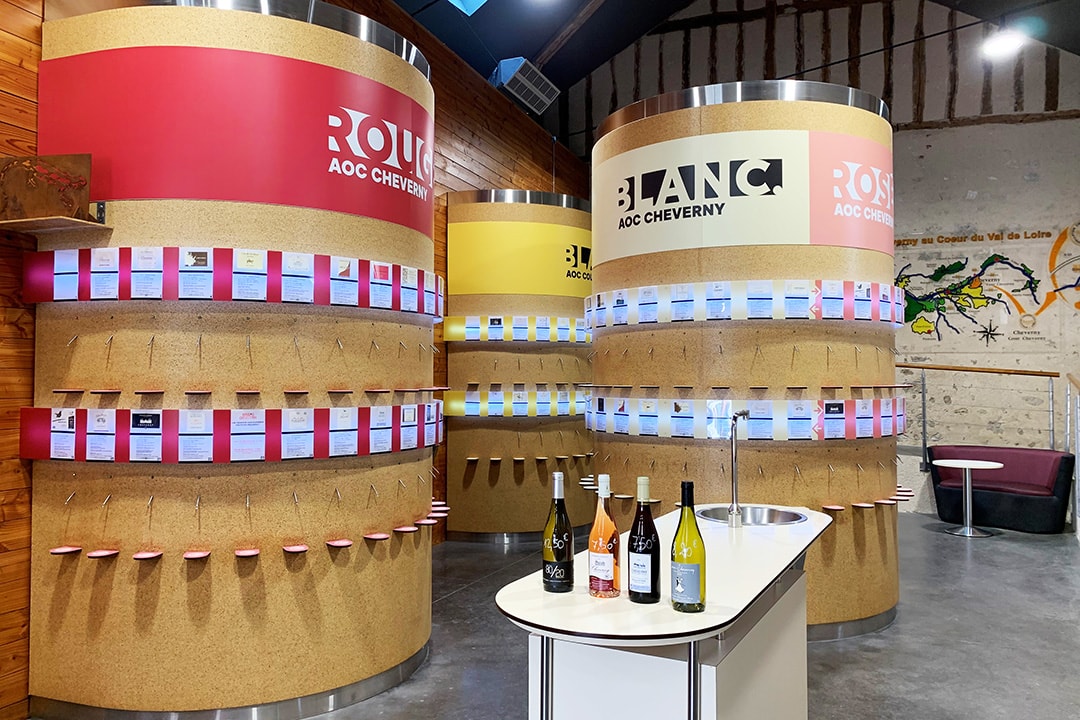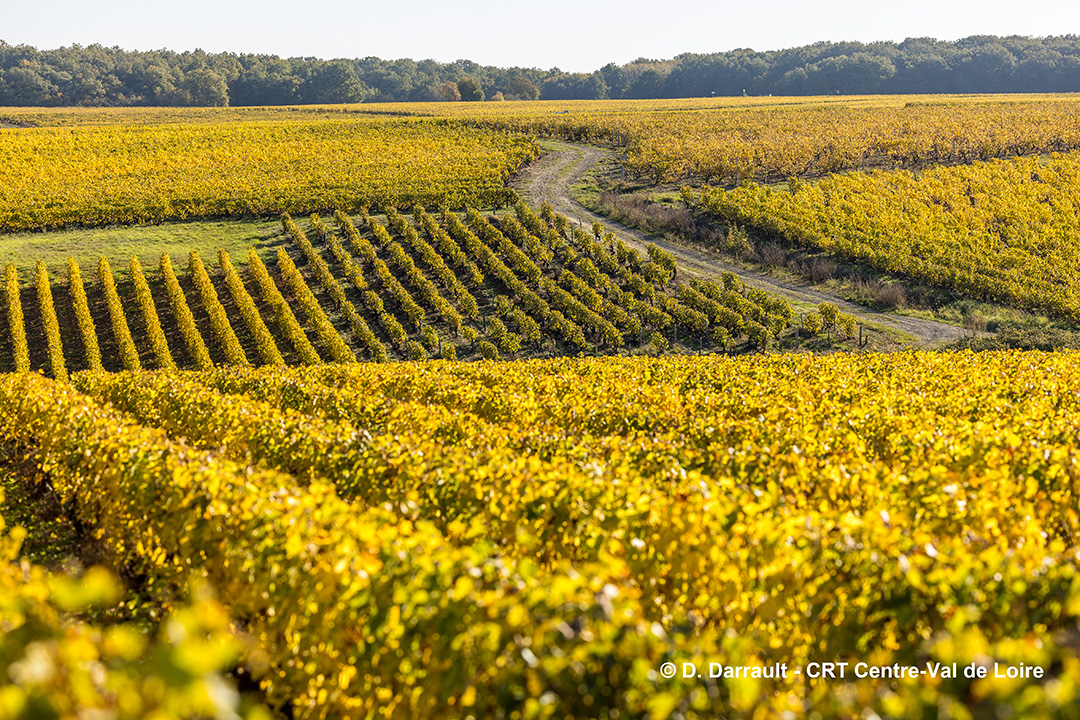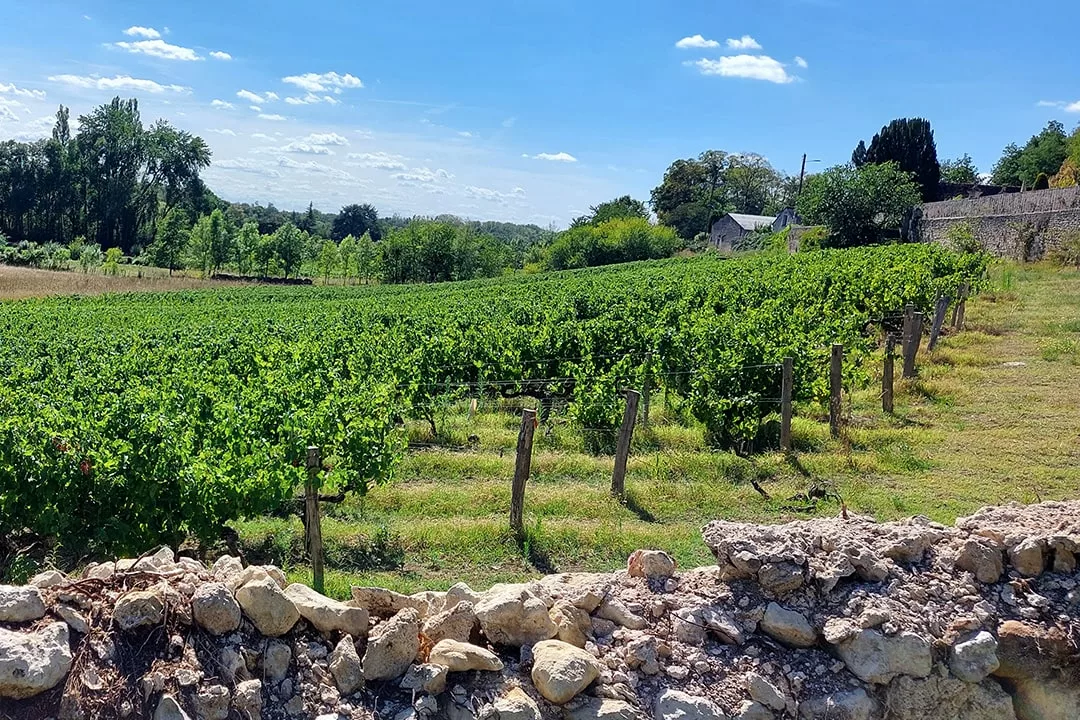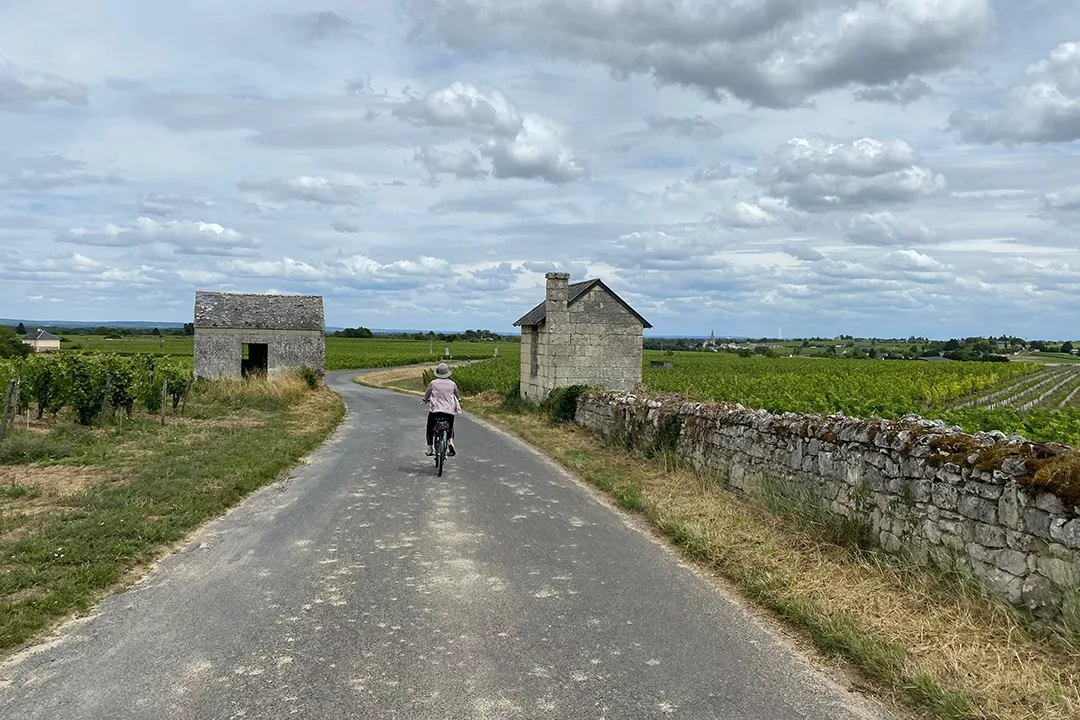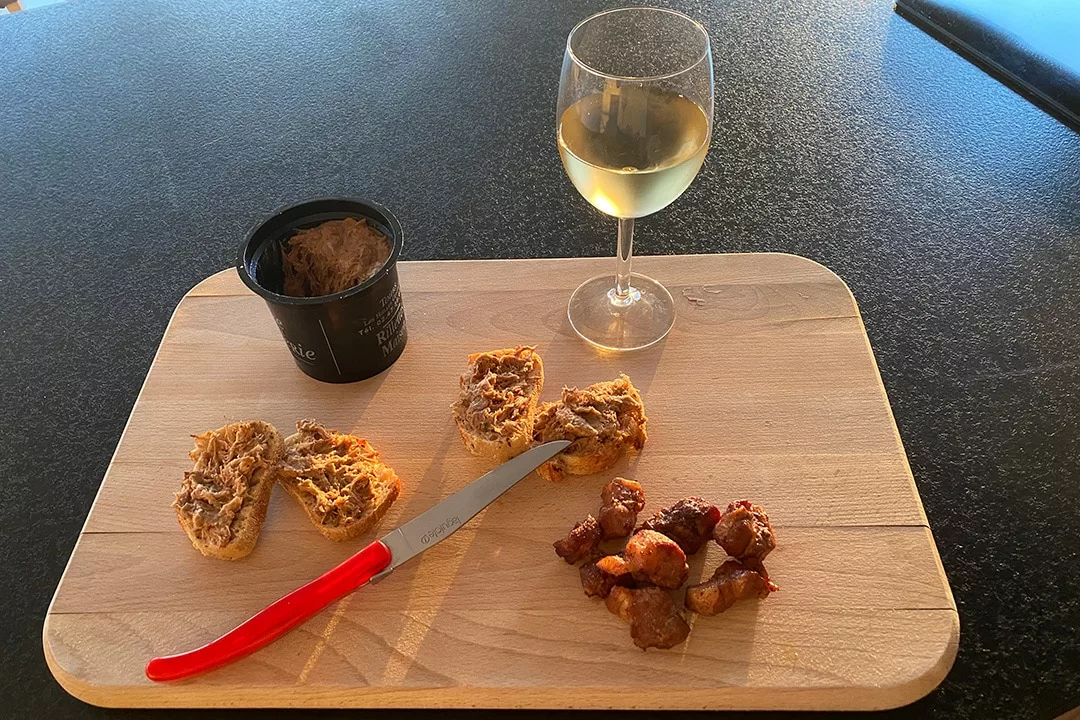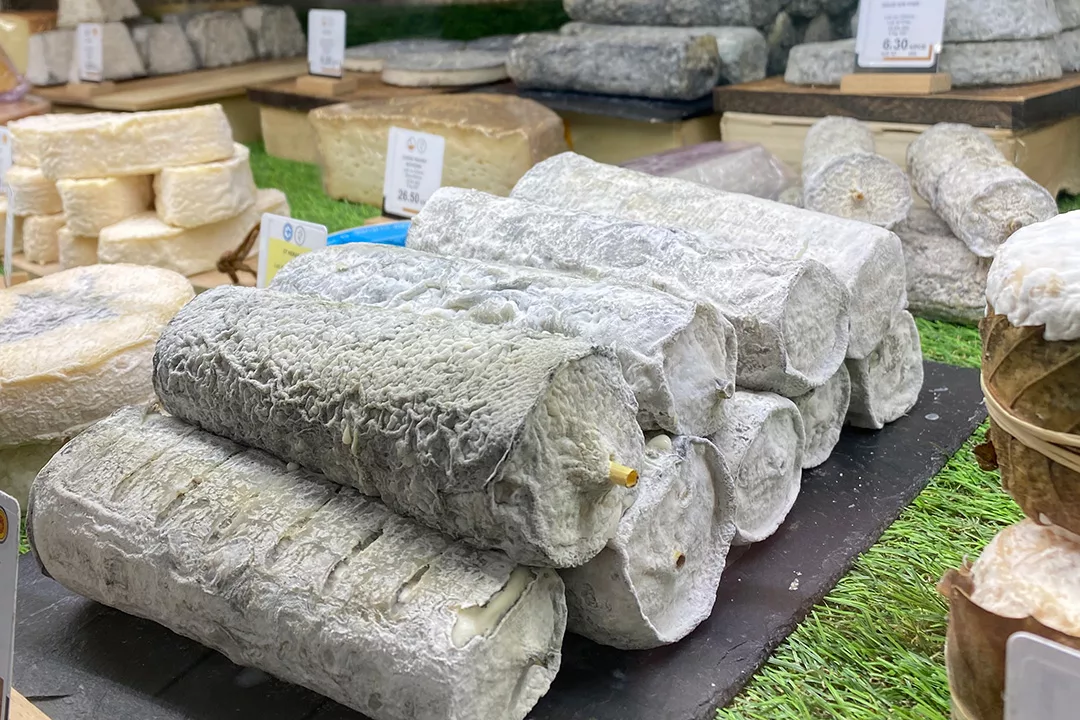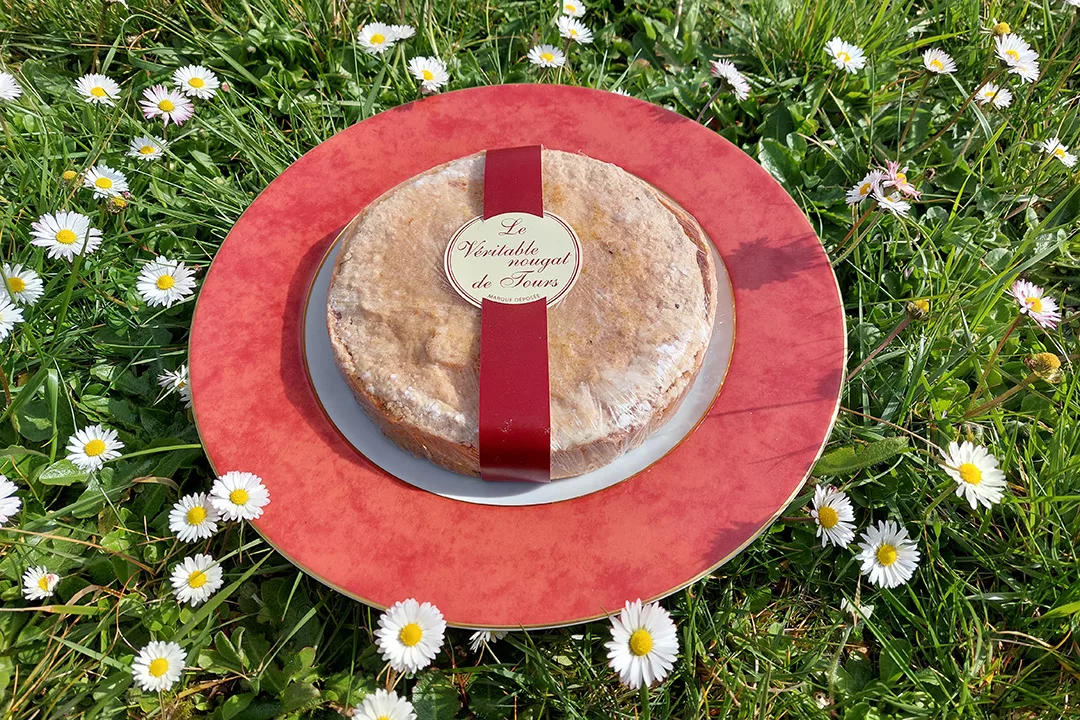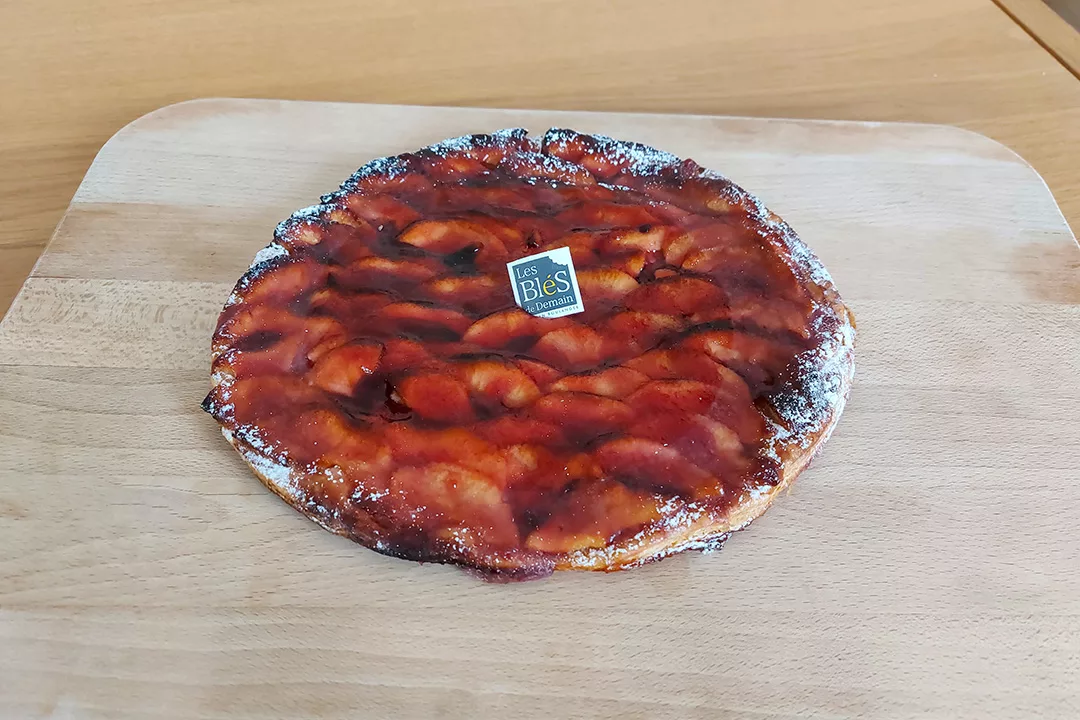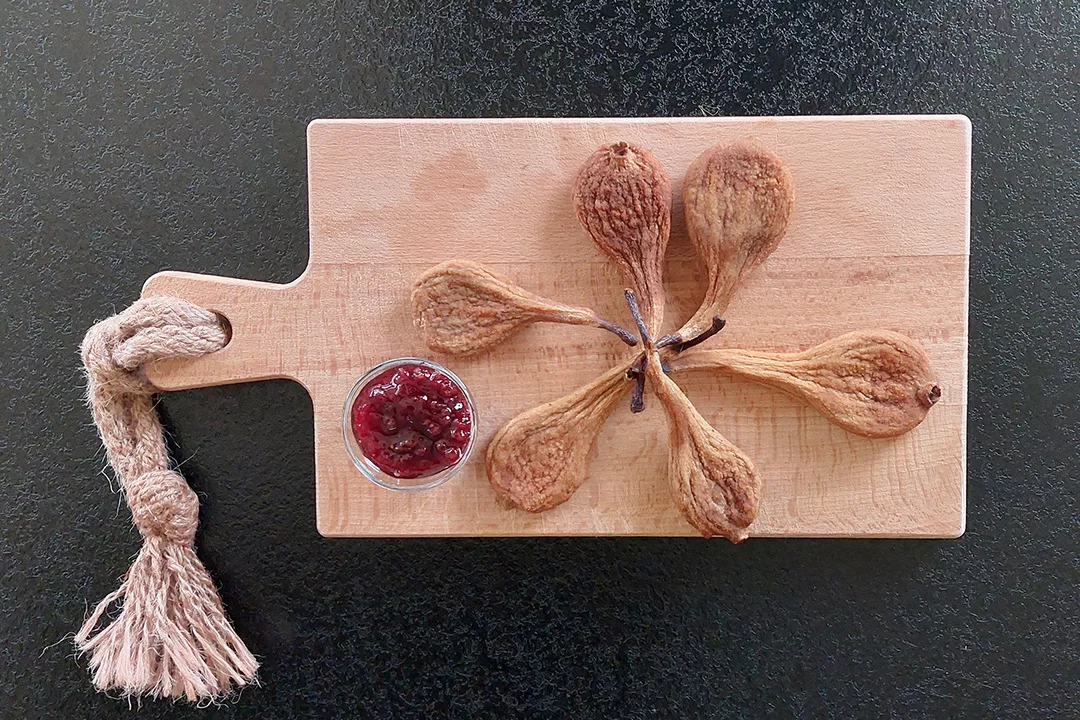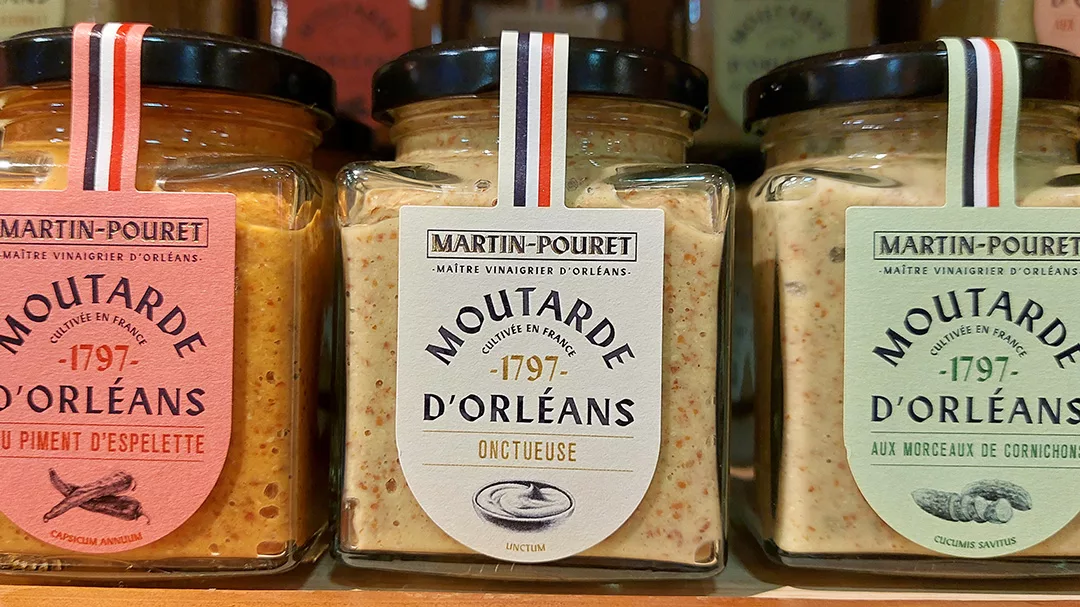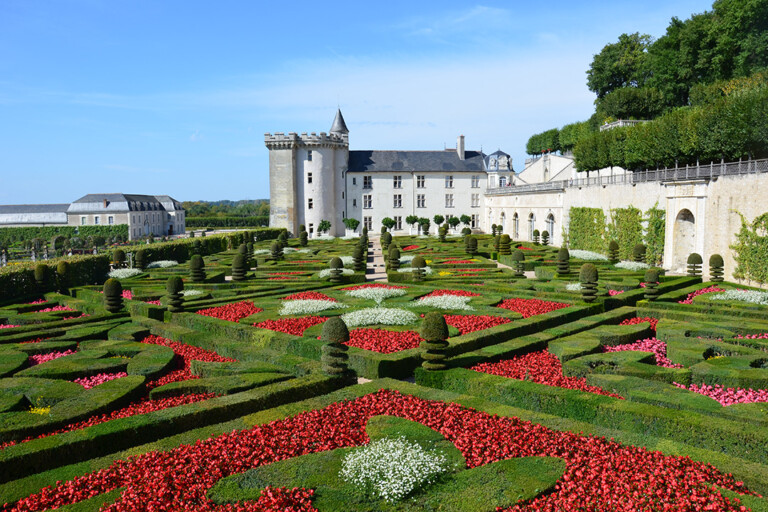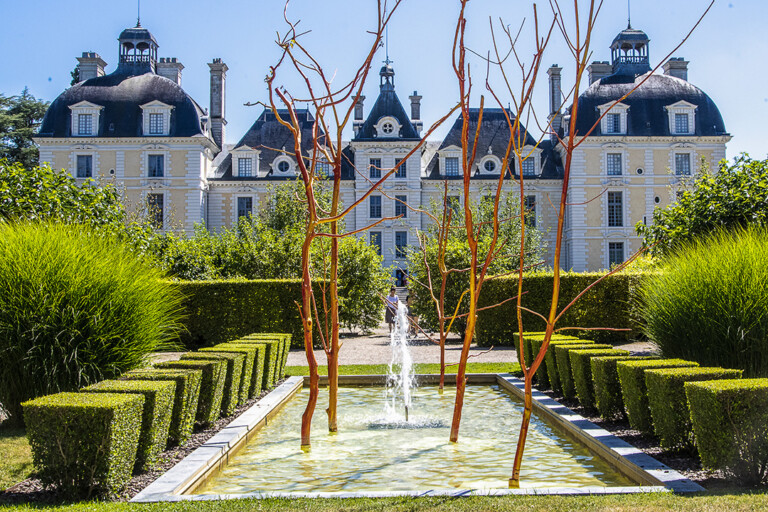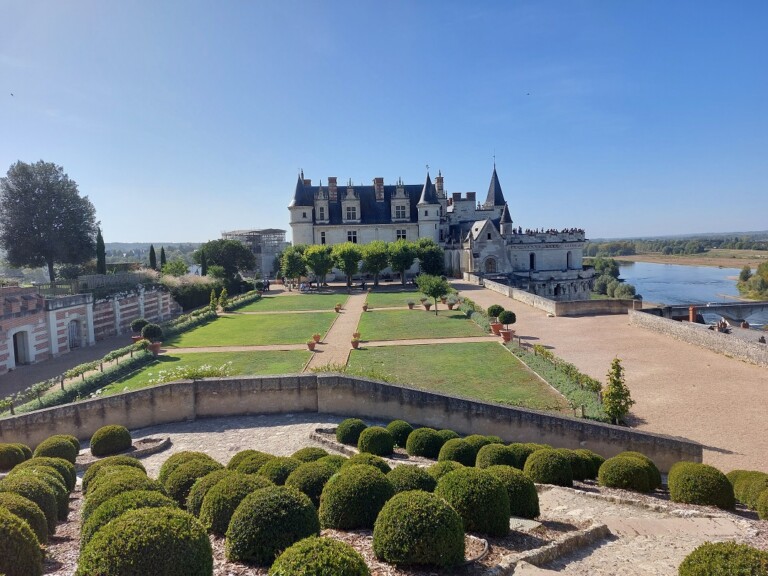The vineyards and gastronomy of the Loire Valley: a rich and gourmet terroir
The Loire Valley is the third largest wine-growing region in France with more than 80 appellations scattered around the river.
The Loire Valley wine route offers cycle tourists the opportunity to discover a wine-growing landscape inseparable from the cultural and historical identity of the region.
From Cheverny to Saumur via Vouvray or Chinon, from troglodyte cellars to tastings, the traveler will be transported into the exciting world of wine.
But a stay in the Loire Valley also rhymes with gastronomic specialties. From Rabelaisian fouace to taped pear, from Tours rillettes to Sainte-Maure de Touraine, the local terroir will delight the palate of epicureans with many flavors.
Enough to give your vacation a different taste!
The AOCs and their grape varieties along the Loire
Boasting a beautiful range of grape varieties, a climate between oceanic and continental influences and a great diversity of soils and subsoils, the Loire Valley vineyard is the promise of rich taste discoveries! From one stage to the next, browse a selection of AOCs where you can cycle peacefully and take the time to savor.
AOC Cheverny and AOC Cour-Cheverny
South of Blois and at the gates of Sologne, the vineyards of Cheverny and Cour-Cheverny spread out. They discover themselves by bike while traveling along peaceful little roads.
L'AOC Cheverny has the particularity of being located in a mainly sandy area.
White, red and rosé wines are produced there which are characterized by the blend of several grape varieties: Sauvignon and Chardonnay produce lively and fine white wines, Pinot Noir and Gamay produce fruity and delicious red wines, as well as rosés.
L'AOC Cour-Cheverny, which is grown on clay-siliceous or clay-limestone soil, only produces white wines. Its particularity: it comes from a unique grape variety, Romorantin. The origin of its establishment dates back to François 1st. When young, it is a dry white wine with great length on the palate. After a few years of aging, it takes on flavors of honey and acacia.
To taste the wines of the AOC Cheverny and Cour-Cheverny, Trip à Vélo recommends modern and original places, at the Cheverny wine house or at the Chambord wine house, in the immediate vicinity of the castles.
https://www.maisondesvinsdecheverny.fr/
https://www.maisondesvinschambord.com/
You can discover the Cheverny vineyard with our stay Nature weekend: the Pays de Chambord and Sologne by bike.
AOP Touraine-Amboise
Around the Château d'Amboise, to the east of the town and on both banks of the Loire lies the Touraine-Amboise vineyard. Here, Côt, Gamay and Cabernet produce red wines with notes of red fruits, ample and balanced, as well as rosés. White wines are made from Chenin Blanc. Soft and fresh, they take on notes of quince and honey as they age.
For the anecdote, Louis XI, a great fan of Amboise wine, ordered that it be sold on the Tours market before any other wine. As for Francis I, he had him serve at court.
To find out more and taste the white and red wines of Touraine-Amboise, Trip à Vélo suggests an appointment at the Ambacia cellars in Amboise. These cellars, created in 1463, specialize in old vintages from the Loire Valley. You can also visit this historic place through a sensory tour.
https://caves-ambacia.fr/index.php
From the village of Chargé to Amboise, discover the Touraine-Amboise vineyard with our stay From Blois to Tours, 3 days of roaming the Loire by bike.
AOC Montlouis
On the southern hillside of the Loire, between Amboise and Tours, the Montlouis vineyard offers the opportunity for a long bike ride with several kilometers of cycle paths among the vineyards. Stretching between the Cher and the Loire, the vineyard obtained its own AOC in 1938. A single grape variety is grown there: Chenin, also called “Pineau de Loire”. It has the particularity of being cultivated on clay and flint soils which allows it to capture the slightest ray of sunlight. The appellation produces exclusively still and sparkling white wines. With a floral and fruity aroma in its youth, it takes on notes of honey and quince over the years. It is a lively and fresh wine.
A detour to Maison Laudacius will allow you to taste the white wines of Montlouis and visit the cellars.
https://maison-laudacius.com
Discover the Montlouis vineyard with our stay Bike escape: 2 days in the vineyards of Touraine.
AOP Vouvray
On the left bank of the Loire, northeast of Tours, lies the famous Vouvray vineyard. Becoming the first Appellation d'Origine Contrôlée wine in Touraine in 1936, it produces dry, semi-dry and sweet white wines, still or sparkling, obtained from a single grape variety, Chenin Blanc. It rests on a tuffeau plateau covered with clay-limestone or flint soil, giving the wines different characteristics. Differences reinforced from one year to the next by variable sunshine and rainfall.
Cellars and troglodyte dwellings have been dug on the hillside where many wine houses open their doors to the public all year round.
To discover the wines of Vouvray, on our bike route, the Cave Moncontour offers a tasting and an immersion in the old cellars of the castle which today house a museum on the history of vines and wine.
http://moncontour.com/fr/
Discover the Vouvray vineyard with our stay Bike escape: 2 days in the vineyards of Touraine.
AOP Chinon
On the banks of the Vienne stands the Chinon vineyard. In the land of Rabelais, red wines from Cabernet Franc are produced, with aromas of red fruits, elegant, light or full-bodied on the palate. It is the largest appellation of red wines in the Loire Valley with around 12 million bottles produced each year.
To taste the red wines of Chinon, nothing could be simpler: on the route of our cycling route, stop at Domaine Pierre et Bertrand Couly which offers an unusual tasting in a room transformed into an art gallery.
https://pb-couly.com/
Discover the Chinon region in our stay The Loire by bike: 7-Day holiday from Blois to Saumur.
AOC Saumur-Champigny
East of Saumur, on the southern slope of the Loire, here is one of the emblematic destinations of the Loire Valley: the Saumur-Champigny vineyard! The wine route is ideally covered by bike. At the foot of the hillside, the troglodyte villages of Turquant, Parnay and Souzay-Champigny house the winegrowers' cellars dug into the tuffeau. On the plateau, it is a landscape streaked with rows of vines as far as the eye can see. Cabernet Franc, the majority grape variety, produces supple and fleshy red wines here, fruity on the palate.
To taste the red wines of Saumur-Champigny, Château de Parnay offers a tasting of different vintages accompanied by local specialties (fouée and rillettes). You will also discover the history of the Château de Parnay and the historic vineyard of Antoine Cristal.
https://chateaudeparnay.fr
Discover the Saumur vineyard with our stay Saumur – Fontevraud: 2 days cycling from the vineyards to the Loire.
Gastronomy in the Loire Valley
The Loire Valley is a territory rich in tasty and varied gastronomy. To discover this sweet and savory heritage, we have selected some specialties that will fill the picnic baskets of your cycling escapades!
Bakery side
There Rabelaisian fouace, a small round brioche baked in the oven, is a Touraine specialty which owes its name to the famous writer François Rabelais. In her novel Gargantua she is at the origin of a dispute between merchants which led to the Picrocholine Wars. Rabelais fouace contains spices, honey and nuts. It can be garnished with Loire specialties such as Sainte-Maure de Touraine or rillettes de Tours.
There tourangelle fouée is a small ball of bread made with leftover bread dough that is baked in the oven. It is an ideal little bread to enjoy Tours rillettes and goat cheeses. It can be accompanied by a dry white wine or a light red depending on its garnish.
Charcuterie side
THE laugh de Touraine are quarters of pork belly preserved in their fat for more than 2 hours. They can be served cold or warm, plain or accompanied by a green salad or as an aperitif with a glass of Vouvray or red wine.
THE rillettes de Tours, whose recipe dates back to the 15th century, differ from their neighbors, Rillettes du Mans, by having larger meat fibers. Drier and less fatty, they are also characterized by their browned taste. For wine lovers, they can be enjoyed with a glass of dry or semi-dry Chenin white or a light red.
Cheese side
The Loire Valley is renowned for its varied goat cheeses. Among them, the Sainte-Maure de Touraine, recognizable by its cylindrical shape and the rye straw which runs through its middle. Used to consolidate and ventilate the log, it also attests to the authenticity of the product. It is a cheese that is eaten smooth or dry and can be accompanied by a light and fruity red wine (Chinon) or a Chenin Blanc (Vouvray, Montlouis-sur-Loire). In any case, the cheese pleasures of the Loire Valley are numerous and the region is full of small local producers, each with their own specialty.
Sweet side
Tours nougat
The nougat from Tours, contrary to all expectations, is not a confectionery but a cake. It is made of a sweet dough lined with candied fruits rolled in apricot jam and covered with an almond macaronade (mixture of almond powder, sugar and egg whites). But where did the nougat go in this recipe? There simply isn't any! It bears this name because in the recipe labeled by the Confrérie du Nougat de Tours, we find ingredients similar to the production of Nougat de Montélimar, such as almonds, egg whites and icing sugar. This pastry can be enjoyed with a glass of rosé Touraine or a semi-dry sparkling Vouvray.
The Chinon winemaker’s tart
There Chinon winemaker tart is a very simple regional tart: a thin caramelized puff pastry, a few slices of apple and a confit of red wine from Touraine. Enjoy with a glass of sparkling Touraine rosé or a Cabernet d’Anjou.
Cormery macaroons
THE Cormery macaroons have nothing to do with traditional macaroons. Their recipe is very simple: egg white, icing sugar, sugar, almond powder and that's it! They are all the more special as they are only produced in the village of Cormery to the south-east of Tours. However, this little delicacy traveled because, being able to keep for several weeks, sailors often took it with them. Pair with a smooth Vouvray or Montlouis-sur-Loire.
Rivarennes taped pear
There Rivarennes taped pear is a sweet local specialty. But what exactly is a taped pear? These are peeled pears, placed on racks to be dehydrated in wood-fired ovens. They are then flattened with a pastry iron in order to eliminate the residual water and air contained in the fruits. This process allows them to be preserved for several years. In Turquant, in the troglodytes, you can taste the taped apple, resulting from the same manufacturing process. They can be rehydrated with a syrup or wine.
Orléans cotignac
The Orléans cotignac, a confectionery made from soft, melting quince paste, has a texture between jelly and fruit paste. It is presented in a small round spruce box.
Tatin pie
There tart tatin, this dessert well known to all, is a specialty of Sologne. It looks like an apple pie turned upside down, cooked inside out and caramelized.
Loire side
The fish
The Loire is a veritable breeding ground for fish. Zander, mullet, catfish, eels, shad, pike and carp are sublimated by the region's chefs. They are also found in delicious terrines, to spread on a slice of fresh or toasted bread. Perfect for your bike picnics! Very close to Blois, along your cycle path, you will find at La Bourriche aux Appétits a range of terrines in small glass jars, cooked from local fishing.
https://www.bourriche.fr/la-peche-en-loire/.
Vinegar and Orléans mustard
The Orleans vinegar owes its creation to Loire wines which were formerly transported to the capital. As the boatmen were dependent on the Loire to transport the wines, they sometimes encountered meteorological inconveniences such as the absence of wind which forced them to stop and jeopardized the conservation of the wines. Those that arrived stung in Orléans were then used to make vinegar. Of the many vinegar makers in the city, Maison Martin-Pouret remains today, the last Master vinegar maker in Orléans, also a producer of mustards.
Continue discovering the Loire Valley...
The castles
The Loire Valley is known worldwide for its great Renaissance castles: Blois, Chambord, Amboise, Chenonceau and many others! There's nothing like a bike trip to discover this unique architectural heritage in the world.
The landscapes
Around the Loire and its tributaries, discover multiple landscapes where nature and man have coexisted for 2000 years. Troglodytes, game-filled forests, majestic rivers, bucolic rivers... Welcome to the Loire Valley!
Parks & gardens
Nicknamed “Garden of France”, the Loire Valley has cultivated the art of gardens since the beginning of the 16th century. From the first Renaissance gardens to the contemporary creations of Chaumont-sur-Loire, let yourself be guided!
Discover our selection of turnkey bike tours around the Loire vineyards
- Favorite
- Distance tours
- Medium
- Favorite
- Distance tours
- Easy
- Favorite
- Loop
- Very easy
Your questions about the vineyards of the Loire Valley by bike
Here is some more information to answer your most frequently asked questions:
Vineyards and gastronomy
- Where to buy Loire wines when traveling by bike?
Along our cycling routes in the Loire Valley, you will have the opportunity to pass numerous wine estates. Nothing like stopping to taste and buy directly from the winegrowers who will tell you about their profession with passion. But it is not always easy to find a producer who is ready to welcome you because the work in the vineyard is demanding. No worries ! In each vineyard you will find a cooperative cellar of producers, a wine house or a large estate with wide openings to welcome you.
- How to buy Loire wines when traveling by bike?
You have certainly discovered one or more wines to your taste! However, avoid carrying bottles of wine by bike, they will clutter your panniers and the heat could affect the quality. Choose instead to have it delivered to your home or to order your best selection when you return from vacation.
- Can you ride a bike after drinking alcohol?
Beyond 0.5 g/L of alcohol, it is strictly prohibited to ride a bicycle. It is punishable by a fine and above all very dangerous. Furthermore, muscular effort, heat and alcohol form a cocktail that your body will not appreciate.
Do you still have questions about choosing your bike trip through the Loire vineyards? Do not hesitate to contact us so that we can help you choose the solution that suits you best, according to your desires and your constraints.
To find out more...
Loire Valley wines: a little history
The history of Loire wines began 2000 years ago in the Nantes region when the Romans planted the first vines. However, the real boom in viticulture in the Loire Valley began in the 5th century thanks to the monks of the first monasteries who developed winemaking methods as well as trade. The Loire, a major axis of communication, allows the vineyards which border it to build a reputation beyond their production area.
In the 12th century, Loire Valley wines experienced renewed success when Henri II Plantagenet, Count of Anjou who became King of England, decided to have the wines of his beloved native region served at his court and exported to England. Jean-sans-Terre and Henri III perpetuated this tradition when they in turn ascended the throne. From the Middle Ages to the 15th century, the bourgeoisie obtained the abolition of the “right of banvin”, which granted the lords the exclusivity of the wine trade, thus promoting the expansion of the vineyards of Touraine, Saumur and Orléans. Thanks to Dutch trade, Loire wines also experienced European growth. The successive kings of France encouraged the trade in Loire wine, which they also honored in the markets or at court.
However, from the 18th century the region's vineyards were put to severe tests. The terrible winter of 1709 with temperatures dropping below -20°C caused the barrels to explode and the majority of the vines to freeze. In the 19th century, they had to face competition from wines from Bordeaux and the south, which took advantage of the advent of the railway to prosper.
But it was the phylloxera crisis, an aphid from America, which brought wine production to a complete halt throughout France, destroying a large part of the vineyards.
It was not until the end of the First World War that the reconstitution of the vines was completed with quality grape varieties. With the first AOCs appearing in 1936, technical advances and the improvement of winemaking methods, the Loire Valley can today be proudly included on the list of the great vineyards of France.
